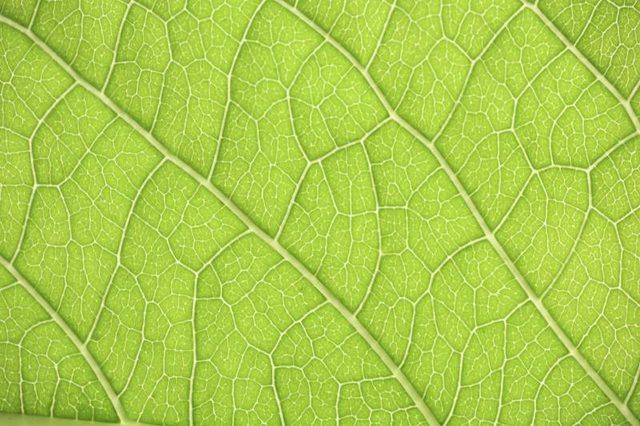Bulbs
Flower Basics
Flower Beds & Specialty Gardens
Flower Garden
Garden Furniture
Garden Gnomes
Garden Seeds
Garden Sheds
Garden Statues
Garden Tools & Supplies
Gardening Basics
Green & Organic
Groundcovers & Vines
Growing Annuals
Growing Basil
Growing Beans
Growing Berries
Growing Blueberries
Growing Cactus
Growing Corn
Growing Cotton
Growing Edibles
Growing Flowers
Growing Garlic
Growing Grapes
Growing Grass
Growing Herbs
Growing Jasmine
Growing Mint
Growing Mushrooms
Orchids
Growing Peanuts
Growing Perennials
Growing Plants
Growing Rosemary
Growing Roses
Growing Strawberries
Growing Sunflowers
Growing Thyme
Growing Tomatoes
Growing Tulips
Growing Vegetables
Herb Basics
Herb Garden
Indoor Growing
Landscaping Basics
Landscaping Patios
Landscaping Plants
Landscaping Shrubs
Landscaping Trees
Landscaping Walks & Pathways
Lawn Basics
Lawn Maintenance
Lawn Mowers
Lawn Ornaments
Lawn Planting
Lawn Tools
Outdoor Growing
Overall Landscape Planning
Pests, Weeds & Problems
Plant Basics
Rock Garden
Rose Garden
Shrubs
Soil
Specialty Gardens
Trees
Vegetable Garden
Yard Maintenance
What Is a Plant Vein?
What Is a Plant Vein?. Just as animals have vessels that carry materials throughout their bodies, plants have veins for the transportation of nutrients, including water. Plant veins are also sturdy enough to act as a support system and keep leaves open for photosynthesis -- the process through which plants make food. Plants have a vascular system...

Just as animals have vessels that carry materials throughout their bodies, plants have veins for the transportation of nutrients, including water. Plant veins are also sturdy enough to act as a support system and keep leaves open for photosynthesis -- the process through which plants make food. Plants have a vascular system throughout their roots and stems, but the system's veins are most visible in leaves.
Veinous Patterns
Veins are distributed either in a netlike or parallel formation. Narrow and needle leaves typically have a parallel vein structure with a main vein or veins extending from each leaf's base to its tip. Leaves of broad-leaf plants have one of two types of netlike veins. A pinnate leaf, for example, has a dominant, central vein with other vessels branching to the vein's sides. A palmate leaf, however, has several large veins originating from the leaf's base.